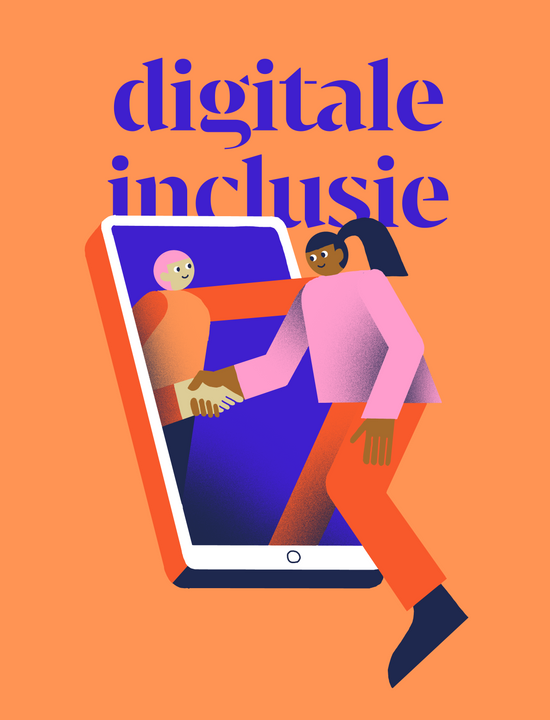Use clear language
Make sure your message is immediately clear, both online and offline. That way, people know what is expected of them. Avoid long sentences, complex words, and jargon.
Make your website user-friendly
Plenty of people don’t use the internet daily. Make sure your website is logical and instinctive to use. You can use the AnySurfer checklist (Dutch) as a guideline for making your online services more accessible.
Test your tools
If you are developing a tool or sending out digital communications, test these with your target group from the get-go to make sure everything is clear. Use a variety of target groups in your testing, including vulnerable populations.
Keep it simple
Keep login and payment procedures simple and use existing systems rather than creating your own. Also make sure users only need to offer up a minimal amount of data. If you want to digitise a service, check first whether you can simplify the existing service.
Offer help
If you are making your target audience fill out an online form or perform another type of digital action, always clarify that help is available if they get stuck, for example by phone. Try to have registrations start at the beginning of the month whenever possible.
Provide access
Provide computers with a card reader, ID reader, and support in easily accessible places (e.g. the library, social service centre, the entrance hall of your organisation’s building, …). Use a recognisable logo or other visual aid to indicate where people can go. Guide your target audience to these locations.
Stimulate media literacy
Look up courses and workshops for people with digital insecurities and spread the word. You can also organise these yourself, perhaps in collaboration with partners (in Flanders, for example, CBE, Vormingplus, Digidak, …). Consider topics like ‘How to do online banking’, ‘How to apply for a job online’, or ‘How to participate in online meetings’.
Consider smartphones
Vulnerable groups are more likely to have access to a smartphone than to a computer. Always think ‘mobile first’ and develop websites, e-mails, and digital applications that are smartphone-proof.
